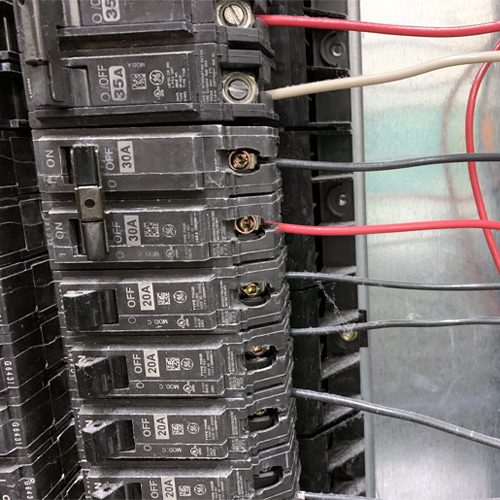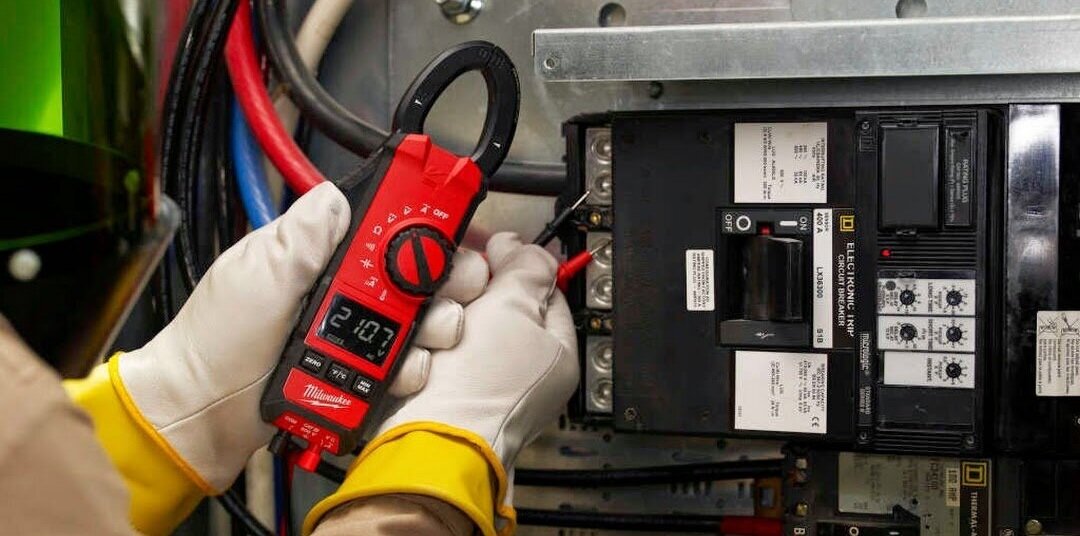Improve performance with specialized mechanical system optimisation support.
Improve performance with specialized mechanical system optimisation support.
Blog Article
Leading Tips for Effective Electrical System Troubleshooting
Troubleshooting electric systems requires a systematic method, based in a thorough understanding of electric principles and safety and security protocols. By acquainting oneself with circuit components, using vital tools, and sticking to a structured analysis technique, professionals can successfully identify and resolve issues. Nonetheless, the nuances of reliable troubleshooting expand beyond simple technological knowledge; recognizing just how to document findings and focus on safety and security can substantially influence results. As we discover these important components further, it ends up being clear that mastering this procedure is not simply beneficial yet important for success in the field.
Understand the Basics
Understanding the basics of electrical systems is vital for reliable troubleshooting, as a strong structure permits technicians to identify and solve problems more efficiently. A comprehensive grasp of electrical concepts, such as voltage, existing, resistance, and power, is essential in recognizing the origin causes of issues. Voltage is the electrical potential difference that drives existing with a circuit, while resistance opposes the circulation of existing, affecting the total capability of the system.
Experience with circuit components, consisting of resistors, capacitors, diodes, and changes, is also vital. Each component plays a distinctive role in circuit actions and can impact performance when malfunctioning. Furthermore, understanding collection and identical circuit setups is vital, as these arrangements influence the distribution of voltage and current within the system.
Specialists have to be mindful of potential hazards, such as shock and brief circuits, to implement secure troubleshooting techniques. By mastering these fundamental concepts, specialists boost their capacity to perform reliable diagnostics and repair services, ultimately leading to boosted efficiency and reliability of electrical systems (electrical system troubleshooting).
Gather Necessary Tools
Efficient troubleshooting of electrical systems calls for the ideal set of devices to identify and resolve issues properly. Necessary tools consist of a multimeter, which determines voltage, current, and resistance, permitting for precise analyses of electrical components.
In addition, protected hand devices such as screwdrivers, pliers, and cable strippers are crucial for securely controling electrical links. It is also suggested to have a circuit tester available to verify the visibility of voltage in outlets and cords. For even more complex systems, a thermal imaging cam can help identify overheating parts, suggesting possible failings.
Adhere To a Systematic Strategy
Having actually collected the ideal devices, the next action in repairing electrical systems is to comply with an organized technique. A methodical approach guarantees that service technicians can determine mistakes effectively and precisely, reducing downtime and avoiding unnecessary repair work.
Begin by assessing the system's schematic representations and requirements. This includes monitoring each element systematically, beginning from the power resource and functioning in my site the direction of the tons.
Utilize screening devices, such as multimeters and oscilloscopes, to collect unbiased information concerning voltage, current, and resistance at various factors within the system. This empirical evidence will certainly direct your troubleshooting initiatives and assist to validate or eliminate prospective sources of failure.
In addition, take into consideration environmental aspects that might influence the system's performance, such as temperature level changes or wetness ingress. A comprehensive inspection of electrical wiring, links, and parts will ensure that all opportunities are represented.
Document Your Searchings For
Extensive documents is necessary in the troubleshooting procedure of electric systems. Exact records boost the performance of determining persisting issues and help with interaction among staff member. Each searching get more for ought to be meticulously noted, including signs observed, examinations conducted, and the results of those tests. electrical system troubleshooting. This technique not just help in understanding the root reason of the problem yet likewise works as a reference for future fixing initiatives.

Additionally, preserving a log of components replaced or fixings carried out is indispensable. This information supports inventory administration and can aid evaluate the long life and integrity of particular elements.
Inevitably, the paperwork process must be complete yet concise, allowing very easy retrieval and testimonial - electrical system troubleshooting. By prioritizing detailed documentation, service technicians can create a beneficial data base that not only aids in present troubleshooting yet also empowers future upkeep initiatives, consequently improving general system dependability

Prioritize Safety Actions
Identifying the inherent threats related to electric systems is crucial for guaranteeing security throughout troubleshooting. Electric shock, burns, and devices damage are just a few of the potential hazards that technicians encounter. Focusing on precaution is not only a legal obligation however also an ethical necessary that safeguards both the professional and the surrounding atmosphere.
Prior to beginning any kind of troubleshooting job, professionals must put on suitable individual protective equipment (PPE), including insulated handwear covers, safety and security glasses, and flame-resistant clothes. Ensuring that look here the workspace is dry and without clutter can substantially minimize the threat of crashes. Moreover, it is essential to de-energize circuits prior to beginning any job, verifying that they are not endure the usage of a multimeter or voltage tester.
Developing clear communication methods with employee is likewise crucial; this ensures that everyone is conscious of potential dangers and the condition of the electrical system being dealt with. Last but not least, having an emergency reaction plan in position can prove invaluable in the occasion of an occurrence. By focusing on safety procedures, technicians can successfully reduce dangers and foster a much safer office.
Conclusion
Reliable electric system fixing counts on a thorough understanding of essential concepts and a methodical approach. By gathering essential tools, sticking to methodical examination methods, and thoroughly documenting findings, the fixing procedure comes to be much more efficient and reliable. Prioritizing precaution ensures the wellness of individuals included and the stability of the electrical system. Executing these techniques will certainly improve the fixing experience, bring about quicker resolutions and improved functional effectiveness in electric systems.
Report this page